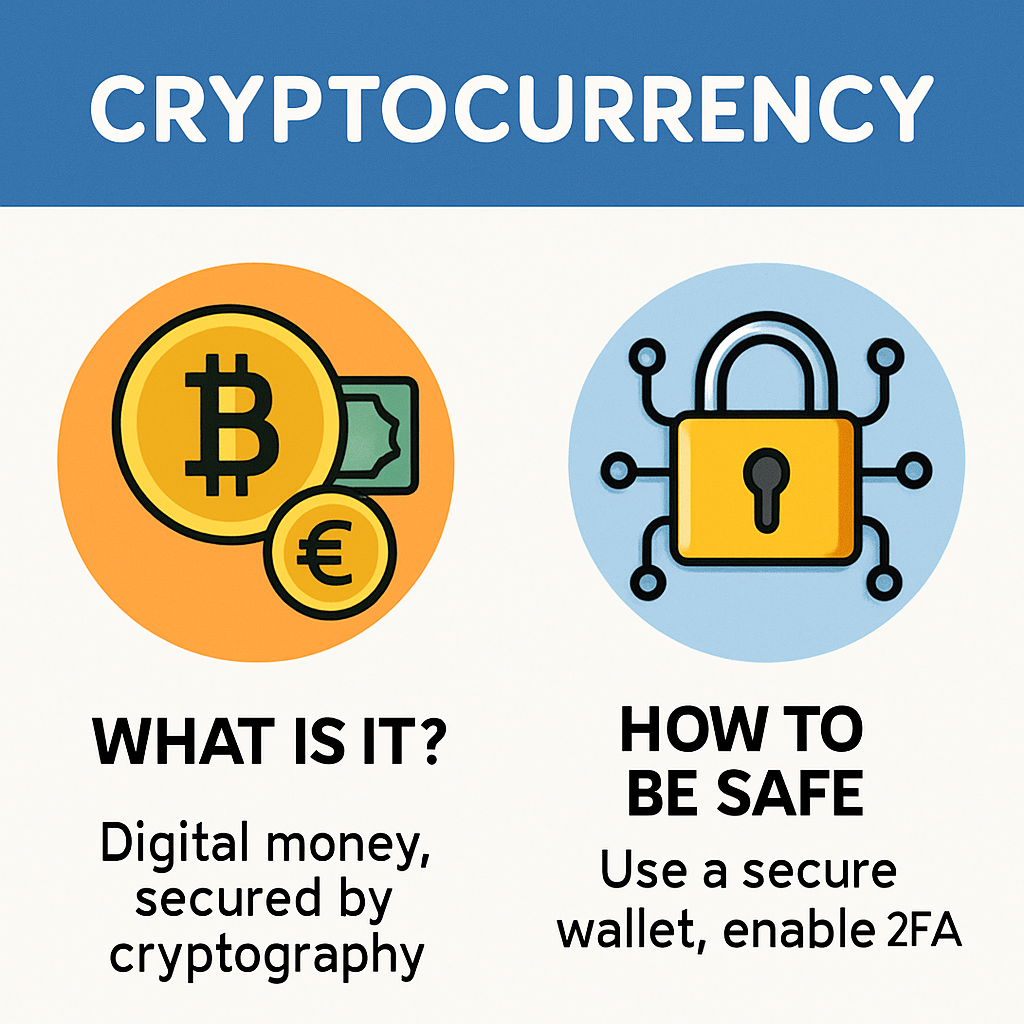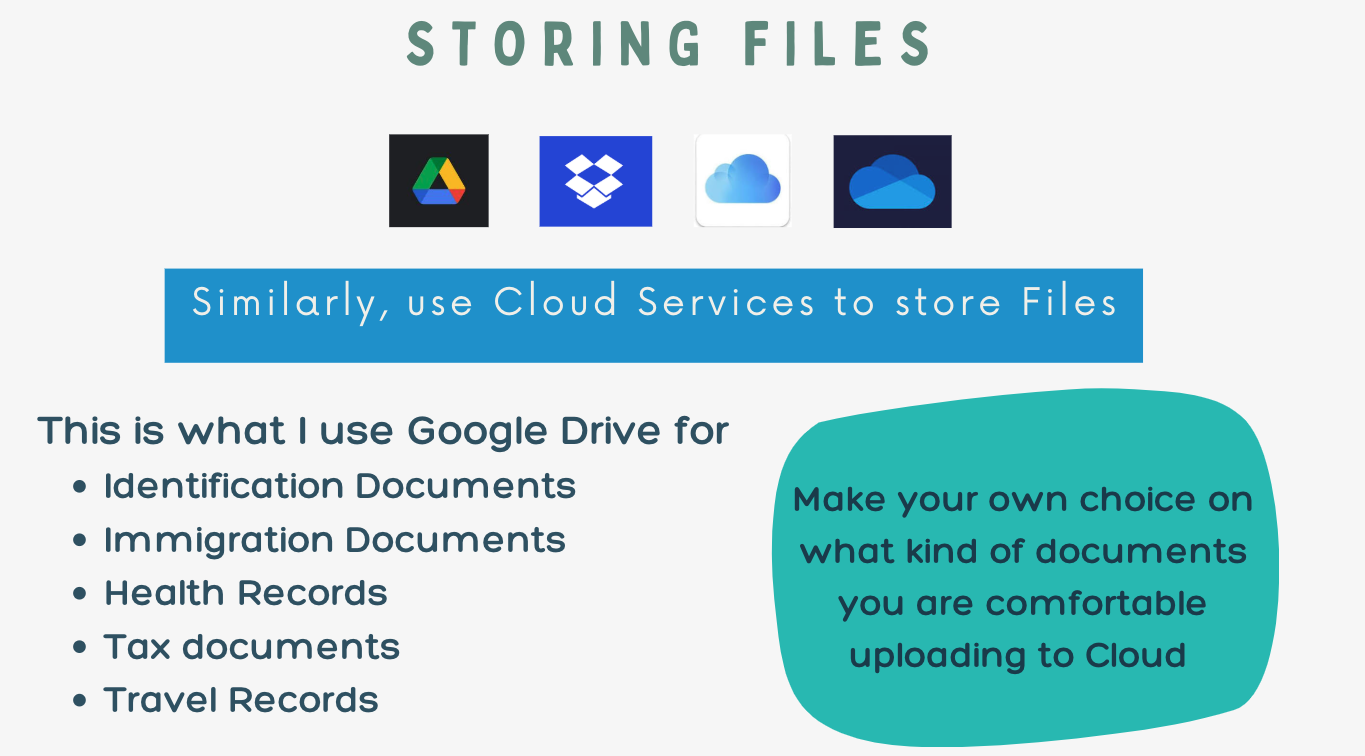Smart Shopping for Seniors

I have a peculiar style of shopping. My wife and I are fiscal conservatives, which also aligns with our goal of environmental sustainability. Some of us, though, have learned to maximize the "deal" aspects of transactions. Not the deal where it says "50% off" but is actually the same price regardless, but the deal where I maximize the Value to me with the resources (money, material, time) I have.
Understanding Value
Let’s talk a bit about Value first, and really think deeply about what it means. Value is a combination of quality, utility, satisfaction, and cost, all measured against the effort or money spent. It has to be something you gain or experience, and hopefully cherish for a longer period. To receive the best Value, we need to understand what truly satisfies us. In my experience, this usually comes from a search within first, not from an e-commerce website or a trip to a shopping mall.
You might say, this is too much thinking. “I shop for fun and don't want to think about it much.” I hear you. I understand that "thinking" all the time can be counterproductive to your mental health and life. Still, I feel people can benefit a lot from making conscious, informed choices with the right mindset and knowledge.
Practical Shopping Tips
Start with a list. It’s easy to get overwhelmed without a plan, especially with stores designed to encourage impulse buying. A well-prepared list keeps you focused and saves money. Digital tools like AnyList or Google Keep can help organize your thoughts, sync with family members, and set reminders, making the process seamless. I personally use a Google Keep note shared with my wife for grocery shopping. We just tick an item checkbox when I buy something and untick it when I need it again.
Check reviews before buying. Stick to well-known platforms like Amazon, Walmart, or Costco to reduce the risk of fraud. The product of your interest should have a high number of reviews and ratings. Read through buyer comments to see what others feel about the product. There are always some cons, so check if those are deal-breakers for you. You can also explore other options at shopping.google.com to compare prices across websites.
Prioritize savings. Discounts are not just about clipping paper coupons anymore. Browser extensions like Honey, Capital One, and RetailMeNot automatically find and apply the best deals for you. They don't work all the time, but when they do, it’s effortless. For those who still enjoy the tactile experience of in-store shopping, consider joining loyalty programs. Many stores offer special senior discounts, often on specific days, which can add up over time. Additionally, using a loyalty card can earn you points or cash-back, providing long-term benefits.
Use credit cards instead of debit for added protection. Find the best credit card for you. If you are a frequent shopper at Amazon or Whole Foods, the Amazon Prime Chase Credit Card works great. If you travel often, consider a travel credit card. Remember – use credit cards for increased savings and not for loans or debt. That’s the smart way of using credit cards. Some also provide purchase protection and extended warranty coverage, so check out the benefits of your card.
Keep reusing, recycling, selling, and returning. Make the most of return policies and warranties. If you’re buying in-store, take a photo of the receipt so you don’t have to save the paper copy for returns. Keep a section in your home for "items to return," "items to sell," and "items to donate" and process them regularly. Selling items on OfferUp and Facebook is often better than trading them in. For clothing, Poshmark and Etsy are popular options. You can also visit consignment stores like Buffalo Exchange or Crossroads Trading.
In the end, smart shopping is about more than just finding a deal – it’s about making thoughtful, informed decisions that reflect your needs and values.

Rajat Aggarwal
I'm based in Seattle and have spent over a decade in the software industry. Recently, I've discovered my true passion: teaching and maximizing the impact of the resources I have to create meaningful outcomes. When I’m not sharing knowledge, you’ll likely find me diving into random science books from the library, letting my curiosity whisk me away into fascinating new worlds. I’d love to connect—feel free to reach out on Facebook or LinkedIn! Let’s inspire and grow together.



